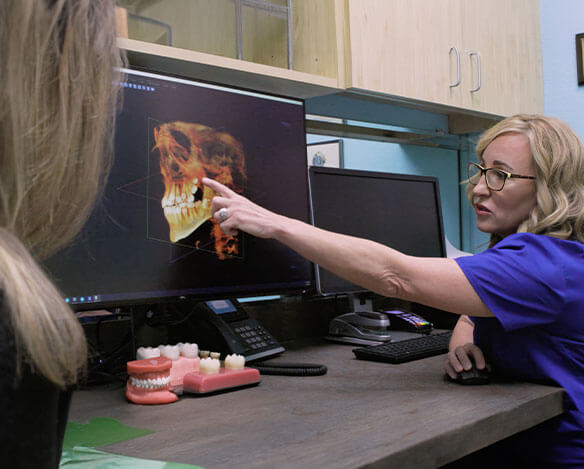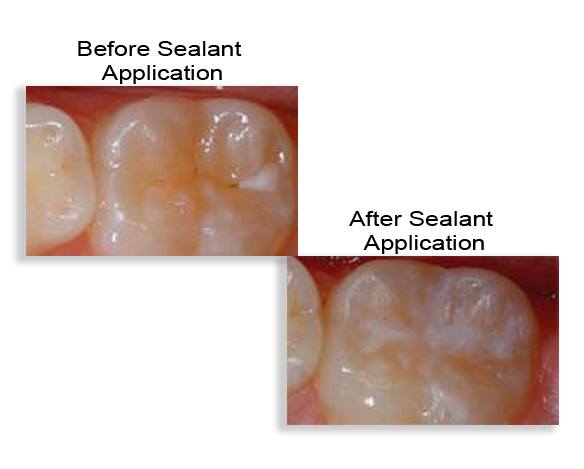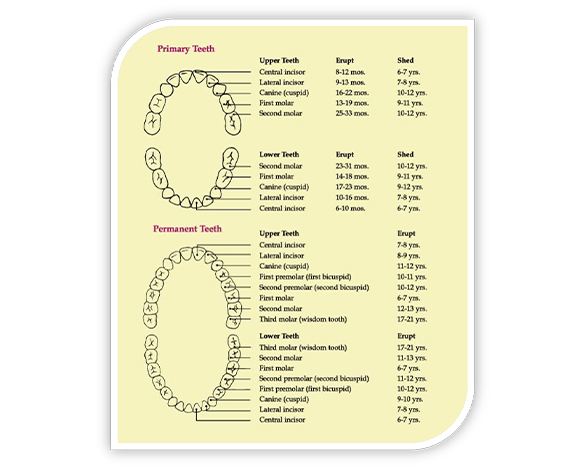Pediatric Preventive Dentistry – COPPELL, TX
Pediatric Preventive Dentistry
Our goal is to help your child have ideal oral health as they grow from newborns to teens and into adulthood. We strive to give parents the best recommendations to prevent and treat any oral issues that may develop during this time. At every examination, we evaluate for dental decay, malocclusions or bite issues, airway issues, speech and tongue restrictions and any pathology of the oral bones and soft tissue. Our goal is to educate you and your child on proper oral hygiene, fluoride use, proper nutrition, and trauma prevention. Wellness and prevention are at the forefront of our services, working with parents to ensure that their child has a healthy and happy smile.
Why Choose Melissa Rozas, DDS & Associates for Pediatric Preventive Dentistry?
- Board Certified with Years of Experience
- Relaxed, Kid-Friendly Environment
- Special Needs Welcome
Diet & Oral Health

Good eating habits also mean healthy teeth. The teeth, bones and soft tissue, just like the rest of the body, need to have a well-balanced diet to be healthy. This means making sure your child gets food from the five major food groups, and limiting snacks to fruits and vegetables. The majority of snacks, like chips, goldfish or cereal can cause cavities, and the more frequently they are consumed, the higher their chances for tooth decay become. Furthermore, the longer that food stays in the mouth, the longer acid attacks can occur on tooth enamel. So, if your child simply must have a snack, make sure to provide them nutritious options like vegetables, low-fat yogurt, and low-fat cheeses, all of which are much better for your child’s teeth.
Fluoride Treatments

Fluoride is an element, which has been shown to be beneficial to teeth. However, too little or too much fluoride can be detrimental to the teeth. Little or no fluoride will not strengthen the teeth to help them resist cavities. Excessive fluoride ingestion by preschool-aged children can lead to dental fluorosis, which is a chalky white to even brown discoloration of the permanent teeth. Many children often get more fluoride than their parents realize. Being aware of a child’s potential sources of fluoride can help parents prevent the possibility of dental fluorosis.
Some of these sources are:
- Too much fluoridated toothpaste at an early age.
- The inappropriate use of fluoride supplements.
- Hidden sources of fluoride in the child’s diet.
Two and three year olds may not be able to expectorate (spit out) fluoride-containing toothpaste when brushing. As a result, these youngsters may ingest an excessive amount of fluoride during tooth brushing. Toothpaste ingestion during this critical period of permanent tooth development is the greatest risk factor in the development of fluorosis.
Excessive and inappropriate intake of fluoride supplements may also contribute to fluorosis. Fluoride drops and tablets, as well as fluoride fortified vitamins should not be given to infants younger than six months of age. After that time, fluoride supplements should only be given to children after all of the sources of ingested fluoride have been accounted for and upon the recommendation of your pediatrician or pediatric dentist.
Certain foods contain high levels of fluoride, especially powdered concentrate infant formula, soy-based infant formula, infant dry cereals, creamed spinach, and infant chicken products. Please read the label or contact the manufacturer. Some beverages also contain high levels of fluoride, especially decaffeinated teas, white grape juices, and juice drinks manufactured in fluoridated cities.
Parents can take the following steps to decrease the risk of fluorosis in their children’s teeth:
- Use baby tooth cleanser on the toothbrush of the very young child.
- Place only a pea-sized drop of children’s toothpaste on the brush when brushing.
- Account for all of the sources of ingested fluoride before requesting fluoride supplements from your child’s physician or pediatric dentist.
- Avoid giving any fluoride-containing supplements to infants until they are at least 6 months old.
- Obtain fluoride level test results for your drinking water before giving fluoride supplements to your child (check with local water utilities).
Learn More about Fluoride Treatments
Digital Radiographs

Radiographs (X-Rays) are a vital and necessary part of your child’s dental diagnostic process. Without them, certain dental conditions can and will be missed.
Radiographs detect much more than cavities. For example, radiographs may be needed to survey erupting teeth, diagnose bone diseases, evaluate the results of an injury, or plan orthodontic treatment. Radiographs allow dentists to diagnose and treat health conditions that cannot be detected during a clinical examination. If dental problems are found and treated early, dental care is more comfortable for your child and more affordable for you.
The American Academy of Pediatric Dentistry recommends radiographs and examinations every six months for children with a high risk of tooth decay. On average, most pediatric dentists request radiographs approximately once a year. Approximately every 3 years, it is a good idea to obtain a complete set of radiographs, either a panoramic and bitewings or periapicals and bitewings.
Pediatric dentists are particularly careful to minimize the exposure of their patients to radiation. With contemporary safeguards, the amount of radiation received in a dental X-ray examination is extremely small. The risk is negligible. In fact, the dental radiographs represent a far smaller risk than an undetected and untreated dental problem. Lead body aprons and shields will protect your child. Today’s equipment filters out unnecessary x-rays and restricts the x-ray beam to the area of interest. High-speed film and proper shielding assure that your child receives a minimal amount of radiation exposure.
Dental Sealants

A sealant is a protective coating that is applied to the chewing surfaces (grooves) of the back teeth (premolars and molars), where four out of five cavities in children are found. This sealant acts as a barrier to food, plaque, and acid, thus protecting the decay-prone areas of the teeth.
Learn More about Dental Sealants
Oral Cancer Screening

Though relatively rare in children, oral cancer can still happen in young patients, and the earlier it’s discovered and treated, the better. That’s why we include a quick screening at every appointment and check out your child’s gum tissues, cheeks, tongue, and lips for cancerous cells. We look specifically for unusual sores, lumps, and patches of tissues that could require more testing. Although this screening just takes a couple of minutes, it could save a child’s life.
Baby/Permanent Teeth Eruption Chart

Children’s teeth begin forming before birth. As early as 4 months, the first primary (or baby) teeth to erupt through the gums are the lower central incisors, followed closely by the upper central incisors. Although all 20 primary teeth usually appear by age 3, the pace and order of their eruption vary.
Permanent teeth begin appearing around age 6, starting with the first molars and lower central incisors. This process continues until approximately age 21.
Adults have 28 permanent teeth or up to 32 including the third molars (or wisdom teeth).












